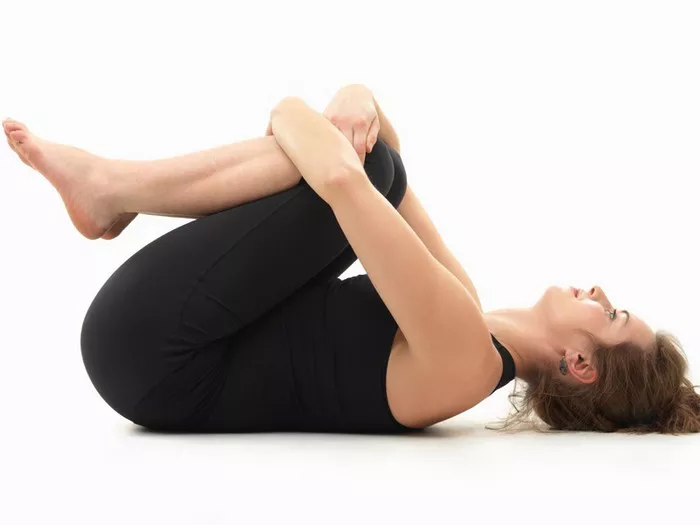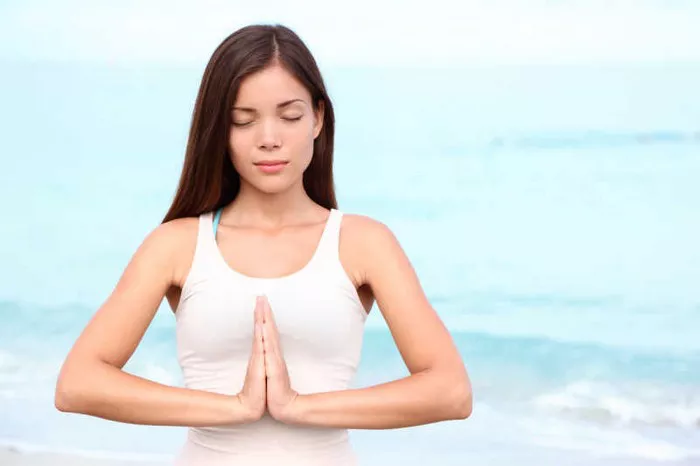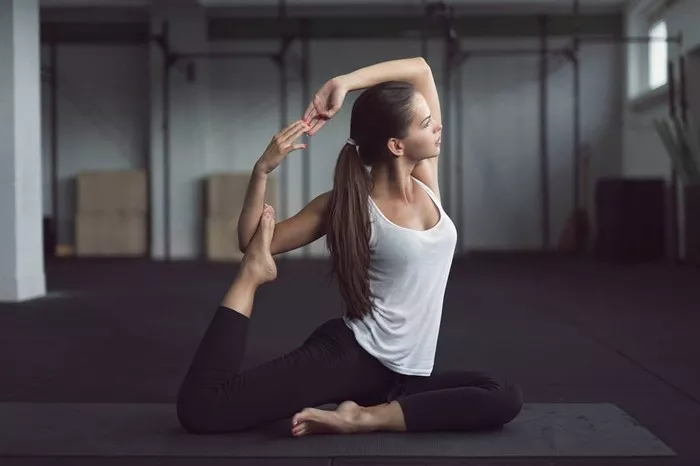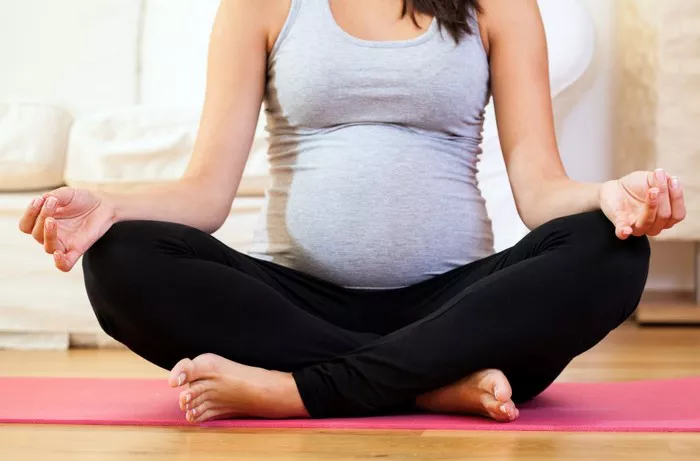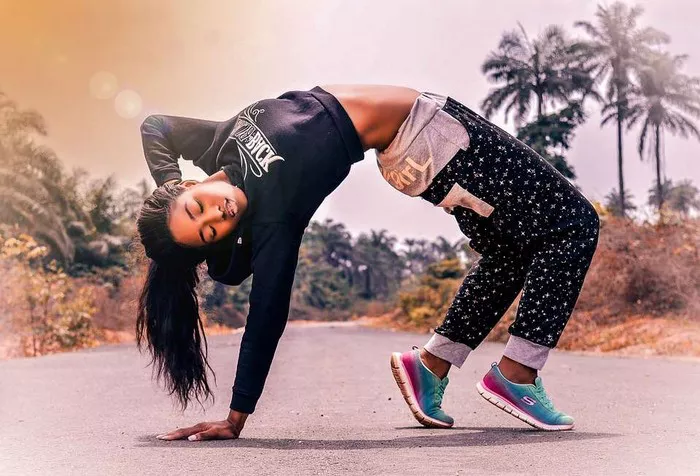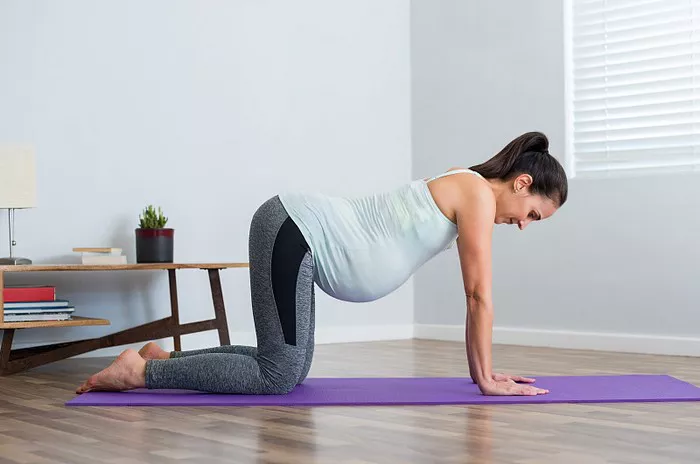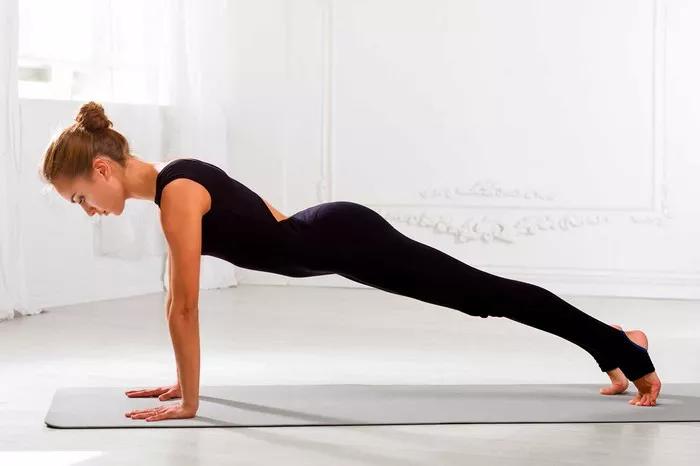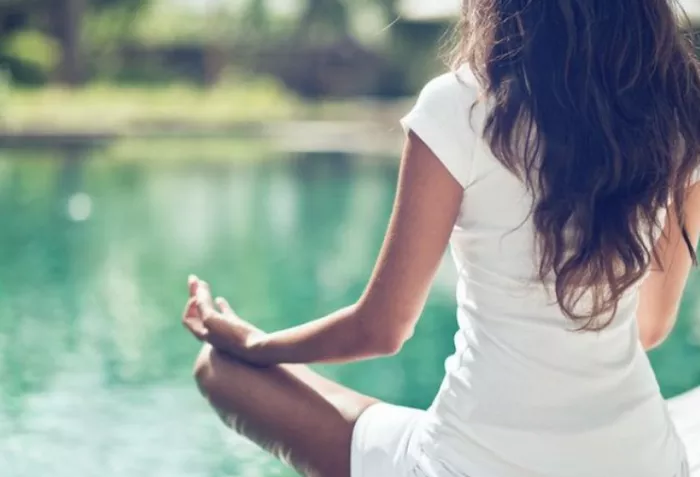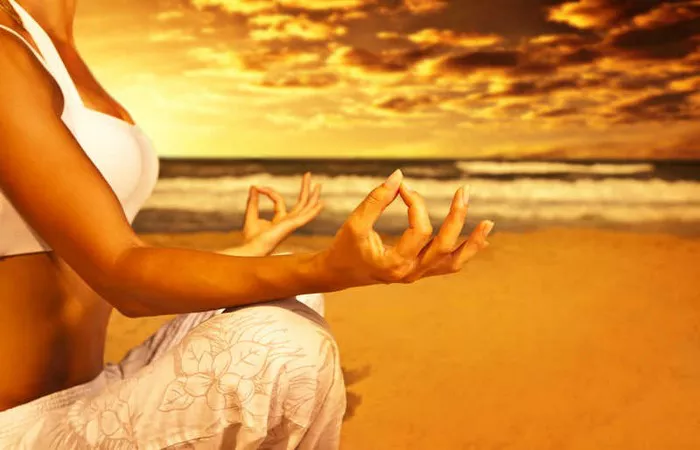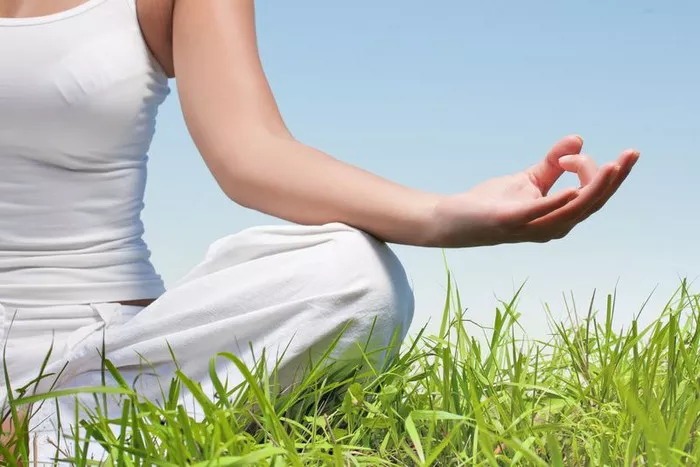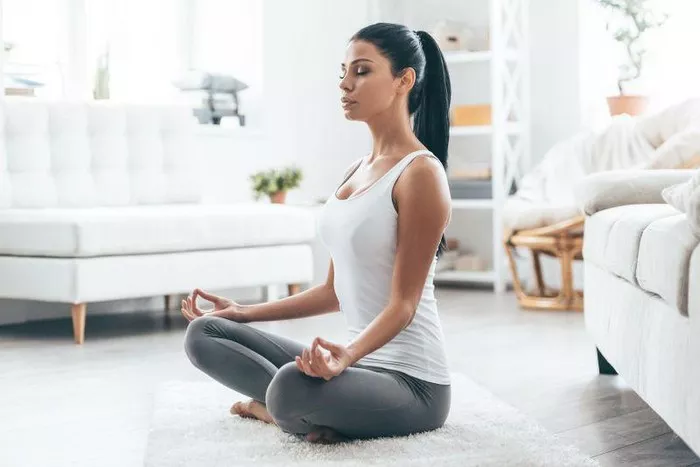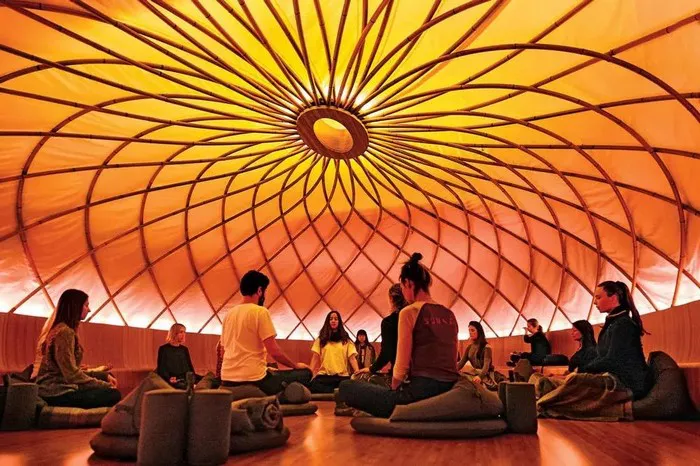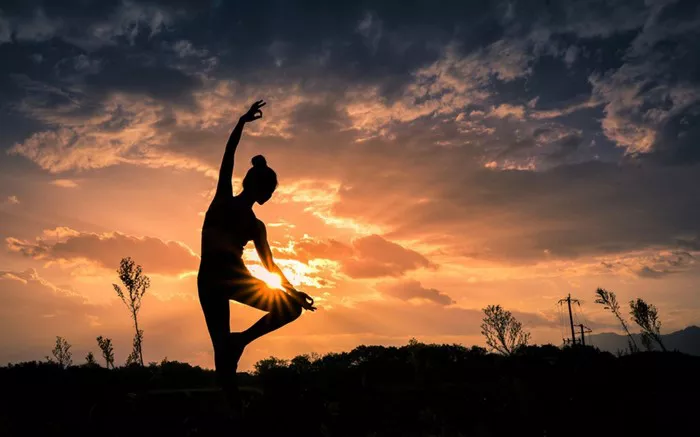Yoga is often perceived as a form of stretching, a physical activity that enhances flexibility and relaxation. While stretching is undeniably a component of yoga, this perspective significantly underestimates the profound and multifaceted nature of the practice. In this article, we will explore the various dimensions of yoga, from its origins and philosophy to its physical, mental, and spiritual benefits, ultimately answering the question: Is yoga just stretching?
1. Introduction
The perception of yoga as merely a stretching routine is widespread, particularly among those new to the practice. While stretching is indeed an element of yoga, it is essential to recognize that yoga encompasses a broader philosophy that integrates physical, mental, and spiritual practices. This article aims to explore the various dimensions of yoga, highlighting its profound benefits that extend far beyond the act of stretching.
2. Understanding Yoga: Historical Context
2.1. The Roots of Yoga
Yoga has its origins in ancient India, dating back over 5,000 years. The word “yoga” comes from the Sanskrit root yuj, which means “to yoke” or “to unite.” Yoga was originally developed as a spiritual discipline to unite the individual self with the universal consciousness, transcending physical limitations.
2.2. The Evolution of Yoga
Throughout history, yoga has evolved into various schools and styles, each contributing to the richness of the practice we know today. From the ancient texts of the Vedas and Upanishads to the teachings of influential figures like Patanjali and T. Krishnamacharya, yoga has undergone significant transformation, integrating diverse philosophies and practices.
3. The Philosophy of Yoga
3.1. The Eight Limbs of Yoga
The Yoga Sutras of Patanjali outline the eight limbs of yoga, which encompass ethical guidelines, physical practices, and mental disciplines. These limbs include:
Yama – Ethical principles (e.g., non-violence, truthfulness)
Niyama – Personal observances (e.g., cleanliness, contentment)
Asana – Physical postures that improve strength and flexibility
Pranayama – Breath control techniques that enhance energy flow
Pratyahara – Withdrawal of the senses to focus inward
Dharana – Concentration on a single point or object
Dhyana – Meditation and contemplation
Samadhi – The ultimate goal of yoga, representing spiritual enlightenment
These limbs illustrate that yoga is not limited to physical postures but is a comprehensive system that encompasses the body, mind, and spirit.
See also: The Power of Sun Salutation in Yoga: A Comprehensive Guide
3.2. Yoga as a Spiritual Practice
Yoga’s spiritual dimension is crucial to understanding its holistic nature. It provides practitioners with tools for self-discovery, personal growth, and spiritual awakening. While physical benefits are often emphasized in modern practice, the true essence of yoga lies in its ability to foster a deep connection with oneself and the universe.
4. Physical Benefits of Yoga Beyond Stretching
While yoga does involve stretching, it offers a multitude of physical benefits that extend far beyond simple flexibility.
4.1. Strength Building
Many yoga poses require significant muscular engagement and strength. For example, poses like Plank, Chaturanga, and Warrior build core strength, upper body strength, and leg strength. Holding these poses challenges the muscles and promotes functional strength.
4.2. Balance and Coordination
Yoga involves a wide range of balancing poses, such as Tree Pose and Eagle Pose. These postures require focus and coordination, helping to improve overall body stability. Unlike simple stretching, which primarily targets muscle lengthening, yoga fosters improved balance and control.
4.3. Endurance and Stamina
Flow-based yoga styles, such as Vinyasa or Ashtanga, involve transitioning between poses in a continuous sequence. These dynamic flows raise the heart rate, enhance cardiovascular endurance, and build stamina. The physical demands of these styles go beyond those of traditional stretching routines.
4.4. Joint Health and Mobility
Yoga promotes joint mobility and health by encouraging a full range of motion in areas such as the hips, shoulders, and spine. The slow, controlled movements of yoga help protect the joints while improving their function, making it a sustainable form of physical activity.
4.5. Posture Improvement
Many yoga poses, especially backbends and forward folds, help to align the spine and improve overall posture. The emphasis on alignment and body awareness in yoga contributes to better posture, which is often overlooked in simple stretching routines.
5. Mental and Emotional Benefits of Yoga
Beyond the physical, yoga offers numerous mental and emotional benefits that differentiate it from mere stretching.
5.1. Stress Reduction
One of the most recognized benefits of yoga is its ability to reduce stress. Through mindful movement and breath awareness, yoga activates the parasympathetic nervous system, promoting relaxation and reducing the impact of stress. This calming effect is absent in traditional stretching.
5.2. Improved Concentration and Focus
Yoga requires deep concentration to maintain balance and flow between poses. Additionally, meditation and breath awareness practices in yoga enhance cognitive function and mental clarity, fostering improved concentration and focus.
5.3. Emotional Balance
Yoga encourages introspection and self-awareness, enabling individuals to gain insight into their emotions. This emotional awareness helps manage anxiety, depression, and other mental health challenges. The holistic approach of yoga fosters emotional resilience, which is often not addressed in standard stretching routines.
6. Spiritual Dimensions of Yoga
Yoga’s spiritual roots are essential to understanding its holistic nature. The practice aims to transcend the physical and mental realms, guiding practitioners toward self-realization.
6.1. Connection to the Breath
Breath is considered the link between body and mind in yoga. Pranayama, or breath control, is a key aspect of the practice, aiming to regulate the flow of prana, or life force. Conscious breathing fosters a deeper connection with oneself and cultivates a sense of calm.
6.2. Meditation and Mindfulness
Meditation is a core component of yoga practice. Even during asana practice, yoga encourages mindfulness—remaining present and aware of the body, breath, and mind. This meditative quality distinguishes yoga from physical activities that lack the same level of mental engagement.
6.3. The Goal of Self-Realization
At its highest level, yoga is a spiritual practice designed to lead practitioners toward samadhi, or union with the divine. This spiritual dimension is absent in simple stretching routines, which focus solely on physical outcomes.
7. The Role of Breath in Yoga: A Key Difference
One of the most significant differences between yoga and stretching is the emphasis on breath. In yoga, breathing is an integral part of the practice and is carefully synchronized with movements.
7.1. Pranayama (Breath Control)
Pranayama techniques, such as Ujjayi and Nadi Shodhana, are used to enhance the flow of energy in the body. These practices promote relaxation, vitality, and focus, providing benefits that go beyond physical stretching.
7.2. Linking Breath with Movement
In yoga, each movement is linked to either an inhale or an exhale. This synchronicity creates a flow of energy and helps practitioners stay present in their practice, enhancing the overall experience. Stretching, on the other hand, often lacks this focus on breath.
7.3. The Breath as a Tool for Mindfulness
Yoga’s focus on breathing fosters mindfulness, as practitioners learn to pay attention to the quality and rhythm of their breath. This mindfulness carries over into daily life, improving overall awareness and mental clarity.
8. Styles of Yoga and Their Focus
Different styles of yoga emphasize various aspects of the practice, from physical postures to breath control and meditation.
8.1. Hatha Yoga
Hatha yoga is a gentle introduction to the practice, focusing on basic postures and breath awareness. While it includes stretching, Hatha also emphasizes the meditative aspects of yoga.
8.2. Vinyasa Yoga
Vinyasa yoga incorporates dynamic movements and synchronized breathing. This style emphasizes flow and transitions between poses, promoting strength, balance, and endurance.
8.3. Ashtanga Yoga
Ashtanga yoga is a rigorous style that follows a specific sequence of poses. It requires strength, flexibility, and endurance, offering physical challenges beyond simple stretching.
8.4. Yin Yoga
Yin yoga involves holding poses for an extended period, targeting deep connective tissues. While it includes stretching, the practice encourages introspection and mindfulness.
8.5. Restorative Yoga
Restorative yoga focuses on relaxation and recovery, using props to support the body in gentle poses. While itincludes stretching, it emphasizes deep relaxation and stress relief.
9. Conclusion
In conclusion, while stretching is an essential component of yoga, it does not define the practice. Yoga encompasses a rich tapestry of physical, mental, and spiritual dimensions that promote holistic well-being. From building strength and flexibility to fostering emotional balance and spiritual growth, yoga is a comprehensive practice that goes far beyond mere stretching. Understanding yoga’s true nature allows practitioners to appreciate its depth and integrate its principles into all aspects of life.
This holistic approach not only enhances physical health but also cultivates a deeper connection to oneself and the world, making yoga a transformative practice for those willing to explore its many facets.
Related topics:
Relieving Lower Back Pain: The Best Yoga for a Healthy Spine
Unlocking Digestive Health: Best Yoga Practices for Digestion

